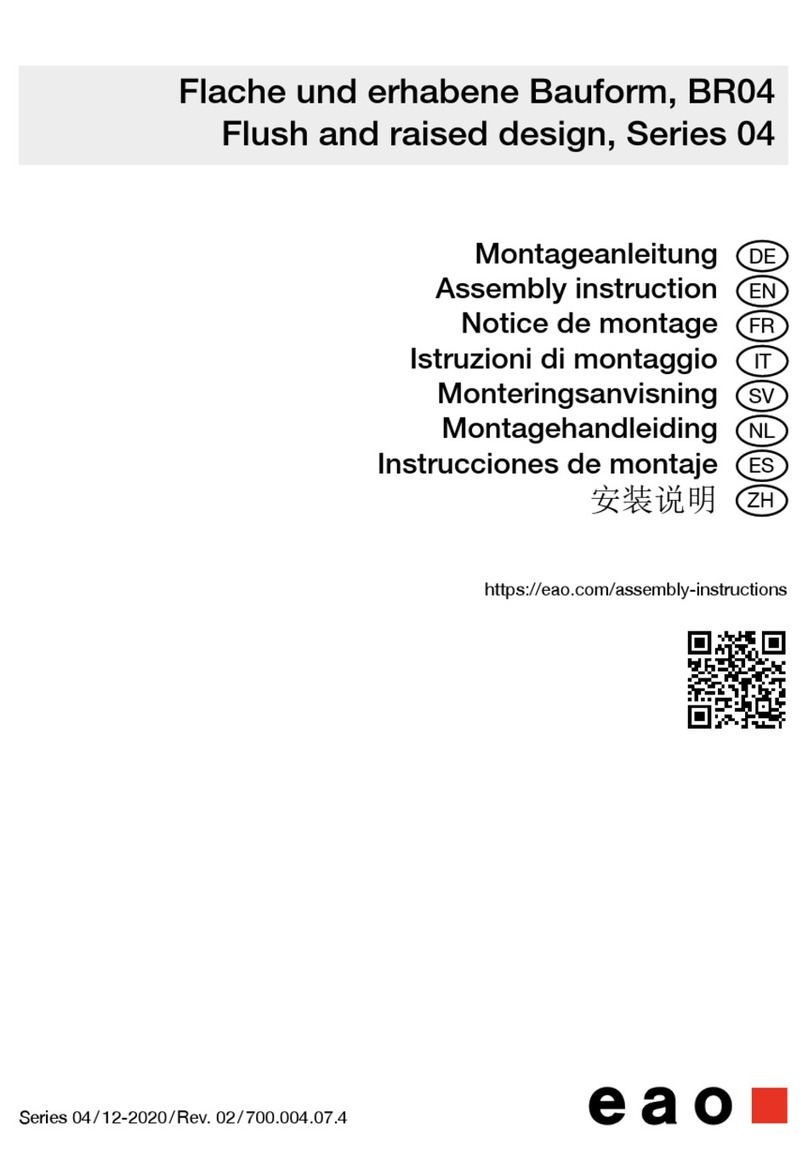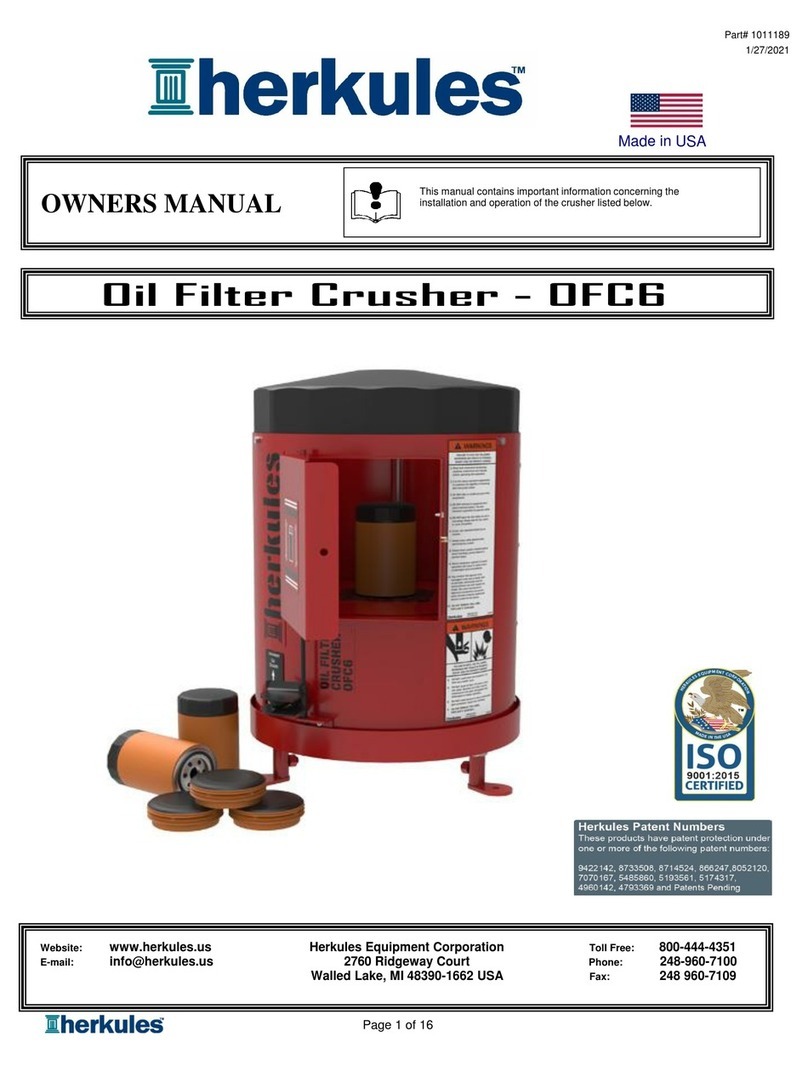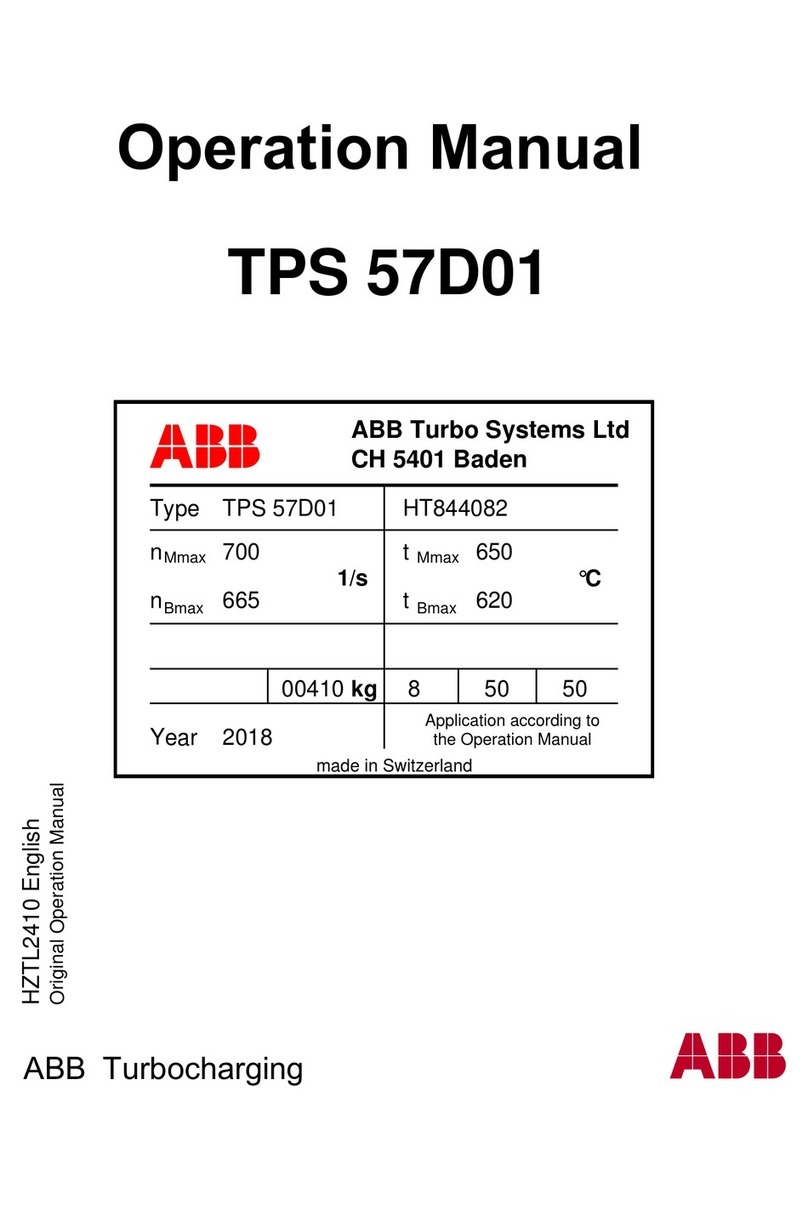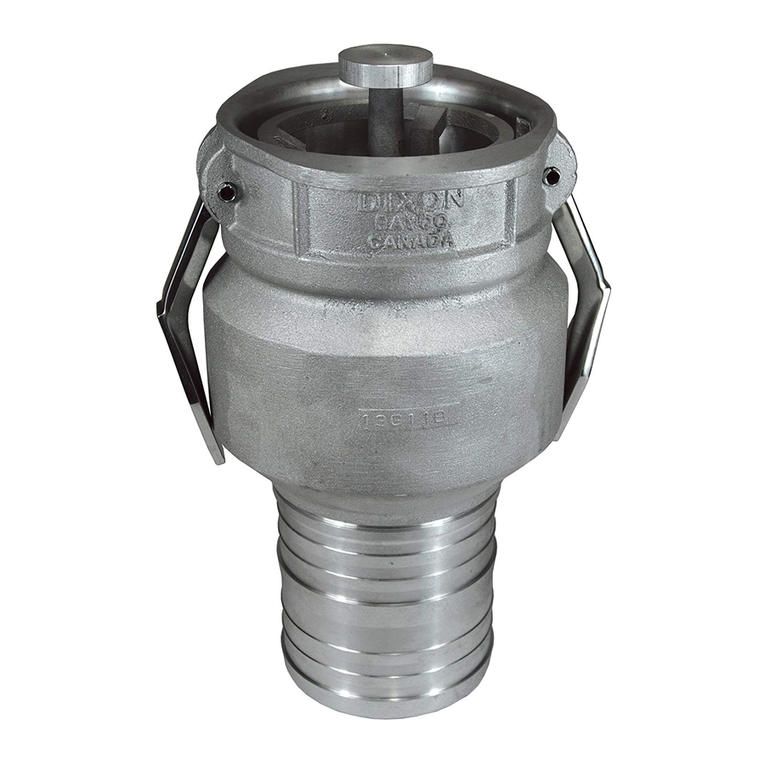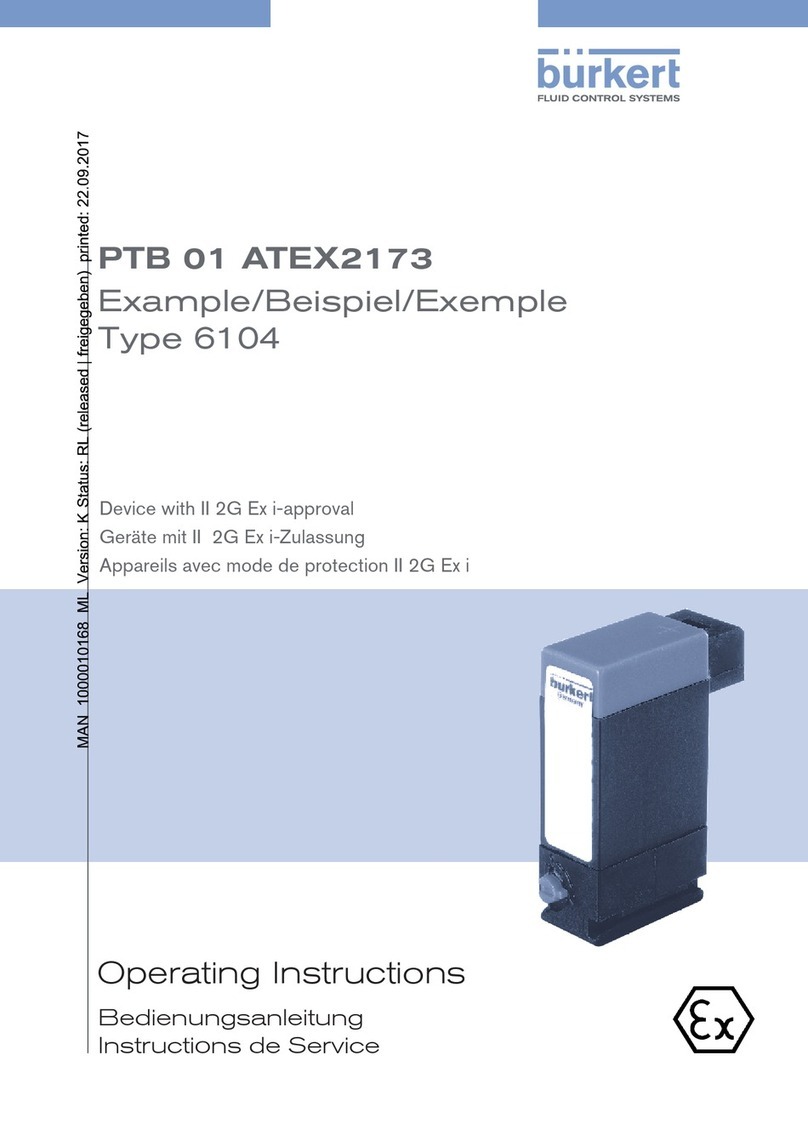DERNASEER TF 220s User manual

MACHINE TYPE / MODEL
TF220 S
SERIAL NO. 21020181-01
YEAR OF MANUFACTURE 2012
OPERATION, MAINTENANCE & SPARE PARTS MANUAL
TF 220s

TF220s
1
BLANK PAGE

TF220s
2
Important
These operating and maintenance instructions should be read and observed
carefully prior to transport, installation, commissioning, maintenance and
servicing of the machine!
Authorized personnel only, that is familiar with the operating and maintenance
instructions and the appropriate instructions with regard to safety at work and
accident prevention, is allowed to use, maintain and repair this machine.
This instruction manual contains important information on how to operate the
machine safely, properly and most efficiently. Observing these instructions
helps to avoid danger, to reduce repair costs and downtimes and to increase
the reliability and life of the machine.
The operating instructions must always be available wherever the machine is
in use.
DERNASEER ENGINEERING reserve the right to change specification without
prior notice.

TF220s
3
BLANK PAGE

TF220s
4
Contents
1 SAFETY
2TECHNICAL INFORMATION
3OPERATION
4MAINTENANCE
5TROUBLESHOOTING
6APPENDIX
7SPARE PARTS

TF220s
5
BLANK PAGE

TF220s
6
SAFETY

TF220s
7
BLANK PAGE

TF220s
8
SAFETY
SAFETY INTRODUCTION
Operators should be trained in the correct and safe use of all equipment.
Before operation the operator(s) must:-
(i) Have read and understood the Operators manual and Safety signs in this
manual and around the machine.
(ii) Be aware of all the moving parts of the machine.
1.2 SAFETY SIGNS
Particular attention should be paid to the following safety signs.
This is the safety alert symbol. When you see this symbol be alert to the
possibility of personal injury or death.
IMPORTANT
Indicates a statement of company policy as the message relates directly or indirectly
to the safety of personnel and protection of property.

FALLING HAZARD
WORKING MACHINERY.
LOCK OUT EQUIPMENT BEFORE SERVICING.
BEWARE OF HYDRAULIC
PRESSURE HYDRAULIC OIL CAN PENETRATE THE
SKIN CAUSING SERIOUS INJURIES. USE A PIECE OF
CARDBOARD TO FIND LEAKS. DO NOT USE BARE
HAND.
OPERATORS MANUAL MUST BE READ AND FULLY
UNDERSTOOD, BEFORE PERFORMING ANY
OPERATION OR MAINT
EYE PROTECTION MUST BE WORN IN THIS AREA
HEAD PROTECTION MUST BE WORN IN THIS AREA
TF220s
9
FALLING HAZARD
–
DO NOT CLIMB ON TO
WORKING MACHINERY.
LOCK OUT EQUIPMENT BEFORE SERVICING.
BEWARE OF HYDRAULIC
OIL LEAKS. HIGH
PRESSURE HYDRAULIC OIL CAN PENETRATE THE
SKIN CAUSING SERIOUS INJURIES. USE A PIECE OF
CARDBOARD TO FIND LEAKS. DO NOT USE BARE
HAND.
OPERATORS MANUAL MUST BE READ AND FULLY
UNDERSTOOD, BEFORE PERFORMING ANY
OPERATION OR MAINT
ENANCE.
EYE PROTECTION MUST BE WORN IN THIS AREA
HEAD PROTECTION MUST BE WORN IN THIS AREA
TF220s
PRESSURE HYDRAULIC OIL CAN PENETRATE THE
SKIN CAUSING SERIOUS INJURIES. USE A PIECE OF
CARDBOARD TO FIND LEAKS. DO NOT USE BARE
OPERATORS MANUAL MUST BE READ AND FULLY
EYE PROTECTION MUST BE WORN IN THIS AREA
HEAD PROTECTION MUST BE WORN IN THIS AREA

EAR PROTECTION MUST BE WORN IN THIS AREA
NIP POINT
TF220s
10
EAR PROTECTION MUST BE WORN IN THIS AREA
NIP POINT
–
KEEP HANDS CLEAR OF MOVING
MACHINERY
TF220s
EAR PROTECTION MUST BE WORN IN THIS AREA
KEEP HANDS CLEAR OF MOVING

TF220s
11
ELECTRICAL AND ENGINE SAFETY
1.
Never work on the electrical system of any equipment unless you are thoroughly
familiar with system details.
2.
Work on the electrical system must only be carried out by a qualified electrician.
3.
The electrical equipment of the machine should be inspected at regular intervals.
Damaged cables or loose connections must be corrected immediately. Use only
original fuses with the specified current rating.
4.
It is recommended that an earth leakage safety switch be fitted in the supply line to
the power point on site. Special care should be taken to ensure that earth wires are
correctly connected.
5.
Disconnect the battery ground leads whenever performing any electrical
maintenance or servicing to your engine.
6.
Battery posts, terminals and related accessories contain lead and lead
compounds, chemicals known to the State of California to cause cancer and
reproductive harm. Wash hands after handling.
7.
Never short across the starter terminals of a battery as this can cause a fire and
could also damage the electrical system.
8.
Battery electrolyte contains acid and can cause serious injury. Avoid contact with
skin and eyes. Use gloves and protective glasses.
9.
Diesel engine exhaust emissions contain products of combustion which may be
harmful to your health. Always operate the machine in a well ventilated area and if
operating in an enclosed area, vent the emissions outside.
10.
Do not touch any part of the engine or exhaust system. Allow the engine and
exhaust to cool before performing any repair or maintenance.
11.
Never fill the fuel tank with the engine running, while smoking or when near an
open flame.
12.
Never overfill the tank or spill fuel. If fuel is spilled, clean it up immediately.

TF220s
12
HYDRAULIC SAFETY
1.
Never disconnect any hydraulic circuit without consulting with Dernaseer
Engineering or your local dealer.
2.
Only personnel with expert training and experience in hydraulics are
authorized to perform any maintenance or repair work.
3.
Return controls to neutral position and relieve all pressure in the hydraulic
system, before attempting to disconnect any hydraulic circuit or component.
4.
Do not handle or repair hydraulic equipment with bare hands.
5.
Beware of hydraulic oil leaks. Hydraulic fluid under pressure can penetrate the
skin or damage eyes. Fluid leaks under pressure may not be visible. Use a
piece of cardboard to find leaks but do not use bare hand.
6.
Wear safety goggles for eye protection. If fluid enters skin or eye, get
immediate medical attention.
7.
Ensure that any damaged hoses are replaced with those of the same
specification as the original.
8.
Do not exceed safe limits. Never set a pressure relief valve to a pressure
higher than that set at the factory. 185 Bar (2500 PSI).

TF220s
13
SAFETY BEFORE AND DURING OPERATION
Only qualified and trained personnel should attempt to operate this machinery.
1.
Read and understand the Operators Manual before you start the machine.
Study the DANGER, WARNING, CAUTION and IMPORTANT safety signs on your
machine.
2.
Check your machine and have all systems in good operational condition.
- Check for broken, missing or damaged parts.Replace and make necessary repairs.
- Ensure all safety guards and emergency stops are fitted and in working order.
- See ‘Daily Maintenance’ for more detailed checklist before start-up.
3.
Before starting, walk completely around the machine. Make sure no one is under
it, on it or close to it. Let other workmen and bystanders know you are starting up and
do not start
until everyone is clear of the machine.
4.
During operation, do not climb onto, over or under moving conveyor belts and
rollers.
Always use ladders, steps and walkways when mounting and dismounting.
5.
Hole alignment on mechanical supports must be checked and secured with pins
provided
and in accordance with safety signs.
6.
Never check the tension of ‘V’ belts, drive chains and conveyors when machine is
running.
7.
Never work or stand beneath machinery or attachments as it is raised or lowered.
8.
Never work or stand beneath machinery as they are being loaded with and/or
discharging
material.
9.
Follow safe operating practices. Operate the machine controls smoothly. Avoid
sudden
stops, starts or changes in direction.
10.
Only use emergency stop buttons or emergency stop lines (if fitted) in
emergency situations or during safety drills.
11.
After each day’s operation, always run the machine dry; never leave material in
the beltfeeder on conveyor belts or screenbox. Starting a machine with a full load will
cause strain problems in your machine.

TF220s
14
SAFETY BEFORE AND DURING MAINTENANCE
Maintenance should only be carried out by trained and qualified personnel.
1.
Whenever maintenance or service is being carried out a minimum of two (2)
persons should be present at all times. NEVER WORK ALONE.
2.
Prepare yourself. Wear a hard hat, safety goggles, hearing protection and other
protective equipment as required by job conditions. Do not wear loose clothing or
jewellery that can catch on controls or moving parts. Long hair must be tied back.
3.
Prepare the machine. Move the machine onto a level surface and apply parking
brakes and/or wheel chocks. Shut off the engine and remove the key. Relieve all
hydraulic pressure by returning controls to neutral. Secure all hydraulically operated
attachments with pins provided.
4.
Isolate all electrical supplies to the machine before starting any maintenance work.
5.
Never attempt repairs or adjustments to the machine while it is running. (Exempt to
this rule: Belt tracking adjustments are only possible during working process - see
Belt Tracking).
6.
Remove only guards or covers that provide access. Wipe away excess grease and
oil.
7.
Never leave guards off or access doors open when unattended. Keep bystanders
away if access doors are open.
8.
When working beneath raised equipment, always use blocks, jack-stands or other
rigid and stable supports. Never work under unsupported equipment.
9.
Performing work above 6ft-6” (2m) always use an approved (EN/ANSI) safety
harness. Always use walkways and platforms provided or a safe secure platform
approved by the machine operators management. Do not use any unauthorised or
unsafe platforms.
10.
Never operate any type of engine without proper ventilation – EXHAUST FUMES
CANKILL. (See Electrical and Engine Safety for more detailed checklist).
11.
Checking for hydraulic leaks. Beware hydraulic fluid under pressure can
penetrate the skin or damage eyes. Fluid leaks under pressure may not be visible.
Use a piece of cardboard to find leaks but do not use bare hand.
12.
Wear safety goggles for eye protection. If fluid enters skin or eye, get immediate
medical attention. (See Hydraulic Safety for more detailed checklist).

TF220s
15
13.
Clean or replace damaged, missing or painted over safety signs that cannot be
read.
14.
Rotating and moving parts must be inspected during maintenance and replaced if
cracked or damaged. Excessively worn or damaged parts can fail and cause injury or
death.
15.
After maintenance, tighten all bolts, fittings and connections.
Install all guards, covers and shields. Replace or repair any damaged ones. Refill and
recharge pressure systems with recommended fluids.
Start the engine and check for leaks. Operate all controls and make sure the machine
is
functioning properly. After testing, shut down, check the work you performed (any
missing
cotter pins, washers, locknuts, etc.)?
Recheck all fluid levels before releasing machine for operation.

TF220s
16
TECHNICAL INFORMATION

TF220s
17
BLANK PAGE

TF220s
18
TECHNICAL INFORMATION
GENERAL INFORMATION
Familiarisation
Front
Rear
Left Side
Right Side
1 3 4 5 62
7
8
1. Main Conveyor
2. Tracks
3. Beltfeeder/Hopper
4. Jacklegs
5. Fuel Tank
6. Hydraulic Tank
7. Main Lifting Ram
8.
Engine Compartment

TF220s
19
GENERAL INFORMATION
Familiarisation
9 Ignition Panel
10 Diesel Fuel Visual Level Gauge
11 Hand Throttle
12 Hydraulic Oil Visual Level Gauge
9
10
11
12
Table of contents
Popular Industrial Equipment manuals by other brands
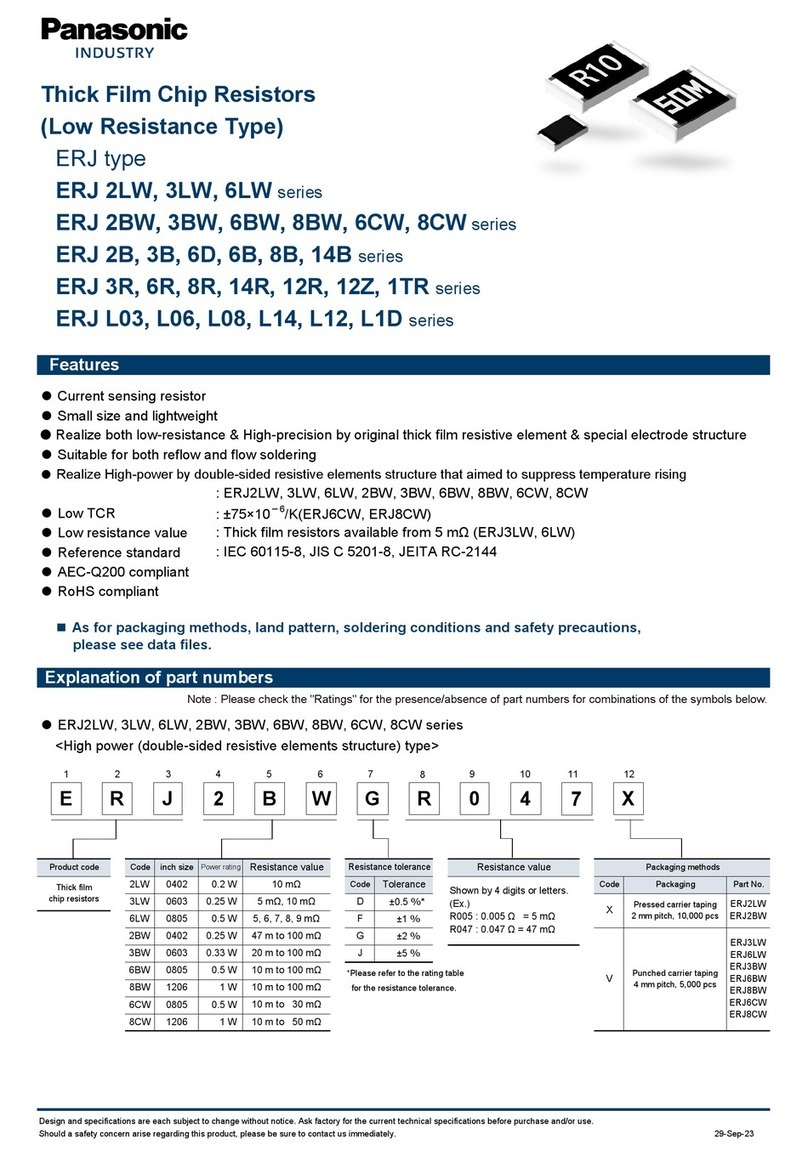
Panasonic
Panasonic ERJ 2LW Series manual
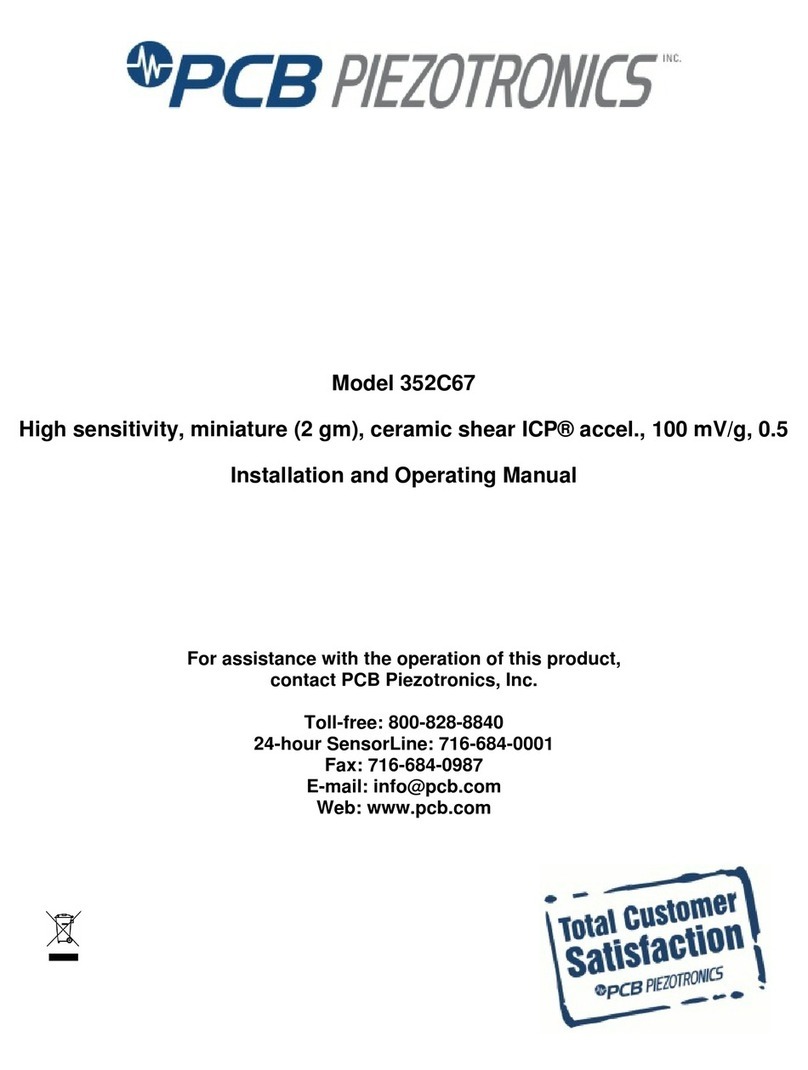
PCB Piezotronics
PCB Piezotronics ICP 352C67 Installation and operating manual
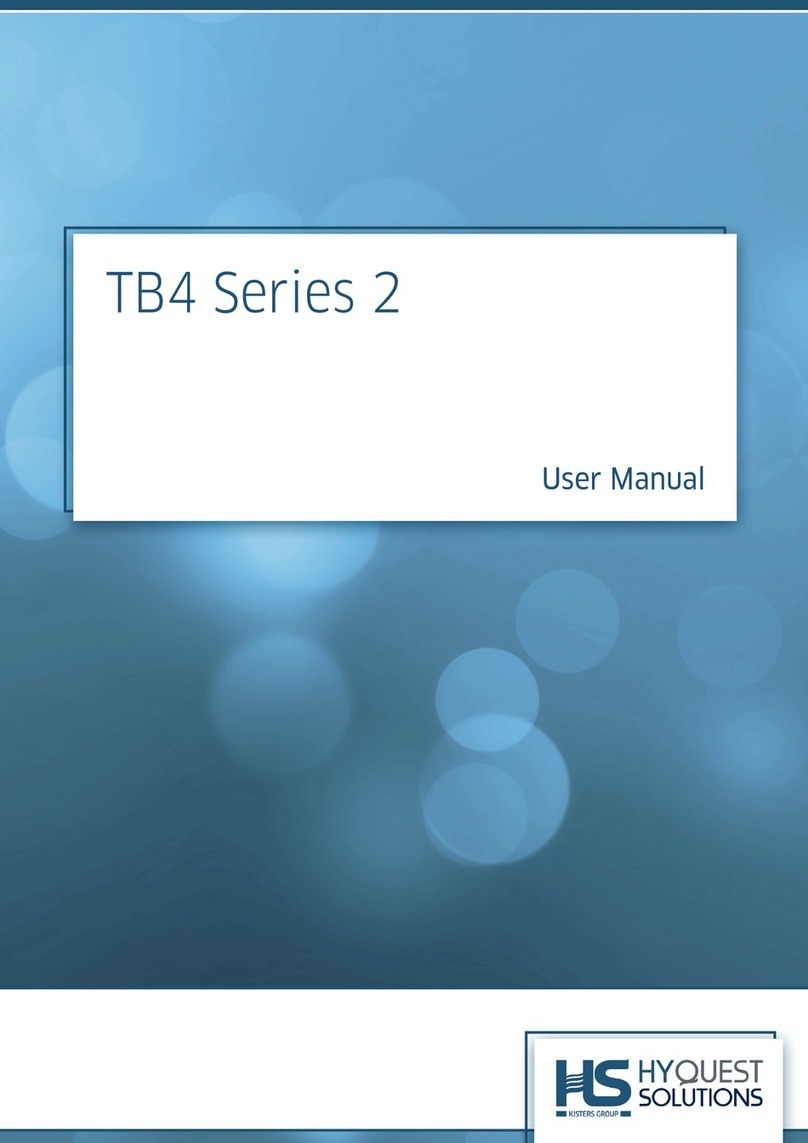
HyQuest Solutions
HyQuest Solutions TB4 2 Series user manual
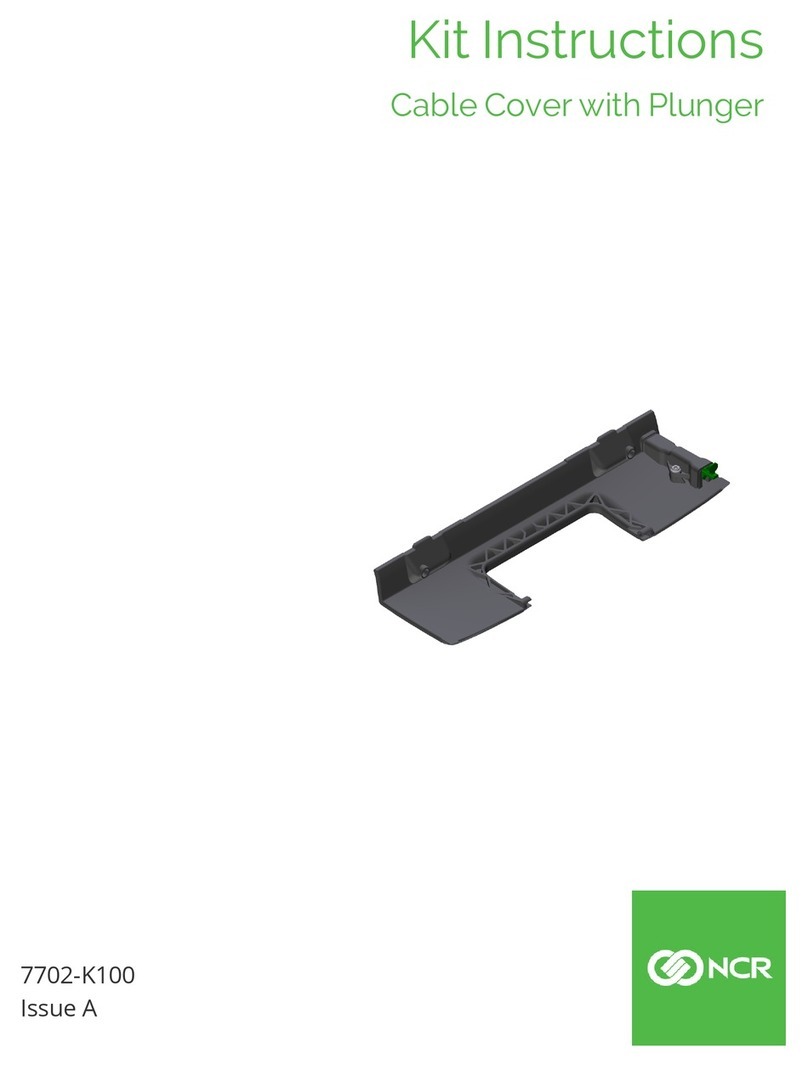
NCR
NCR 7702-K100 Kit instructions
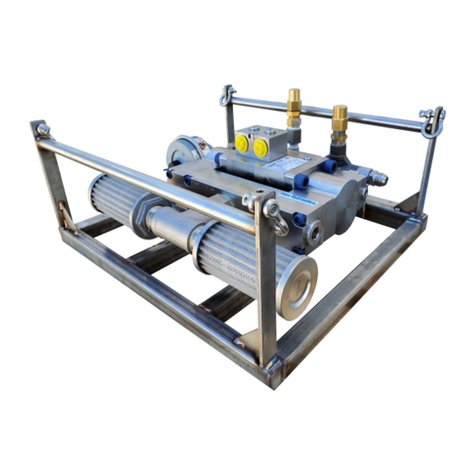
CAVIDYNE
CAVIDYNE Caviblaster 2040-ROV-M2 Operation & maintenance manual
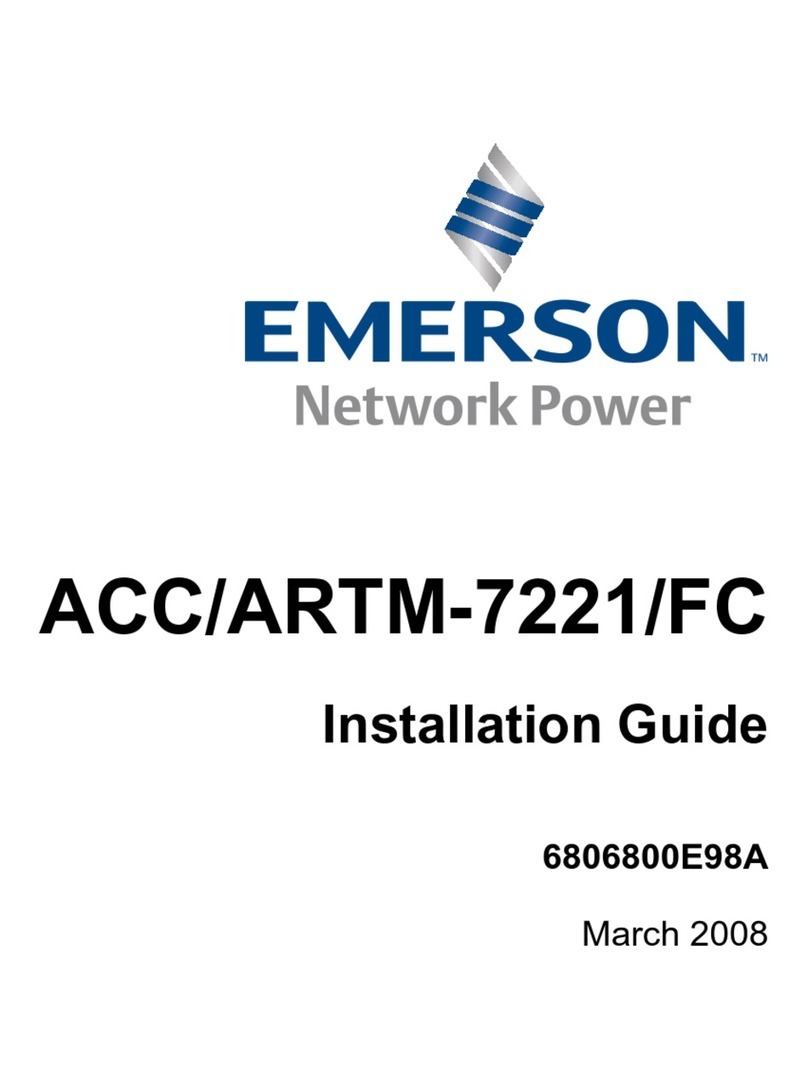
Emerson
Emerson ACC/ARTM-7221/FC installation guide
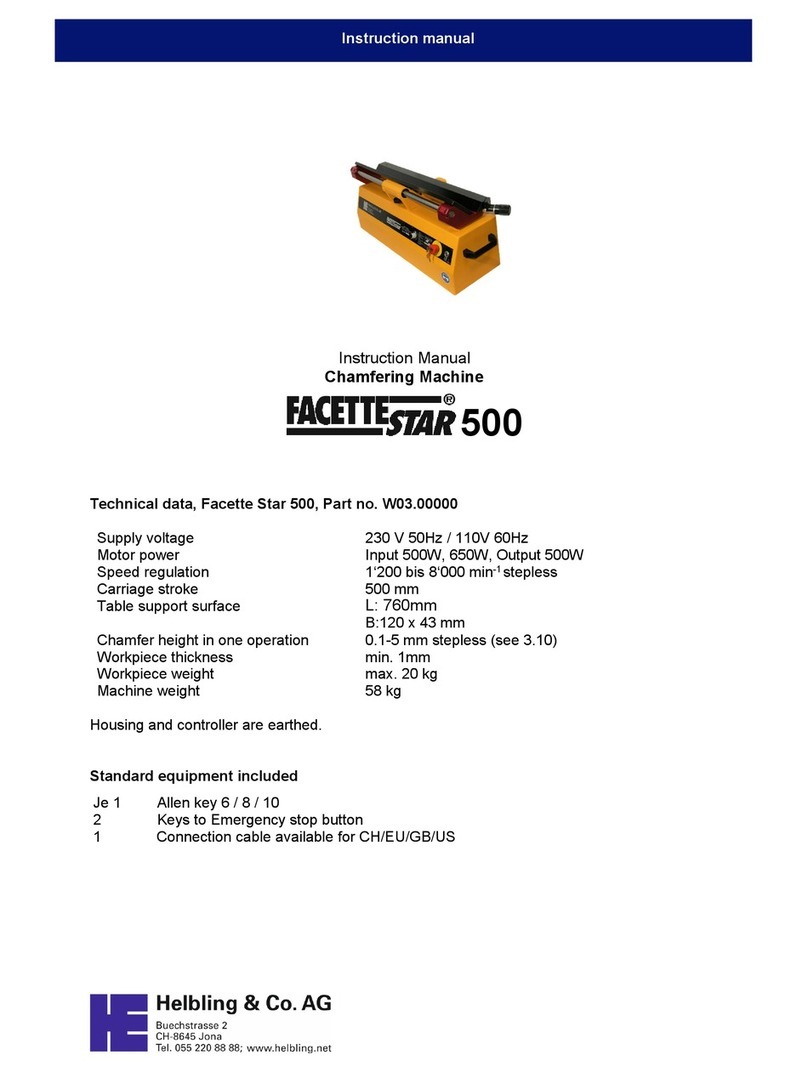
Helbling & Co
Helbling & Co Facette Star 500 instruction manual

Vestil
Vestil HOP-LP manual
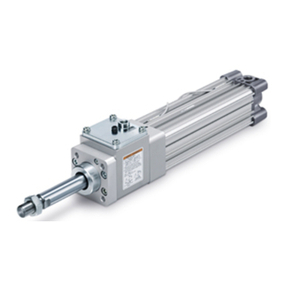
SMC Networks
SMC Networks CP96N Series Operation manual
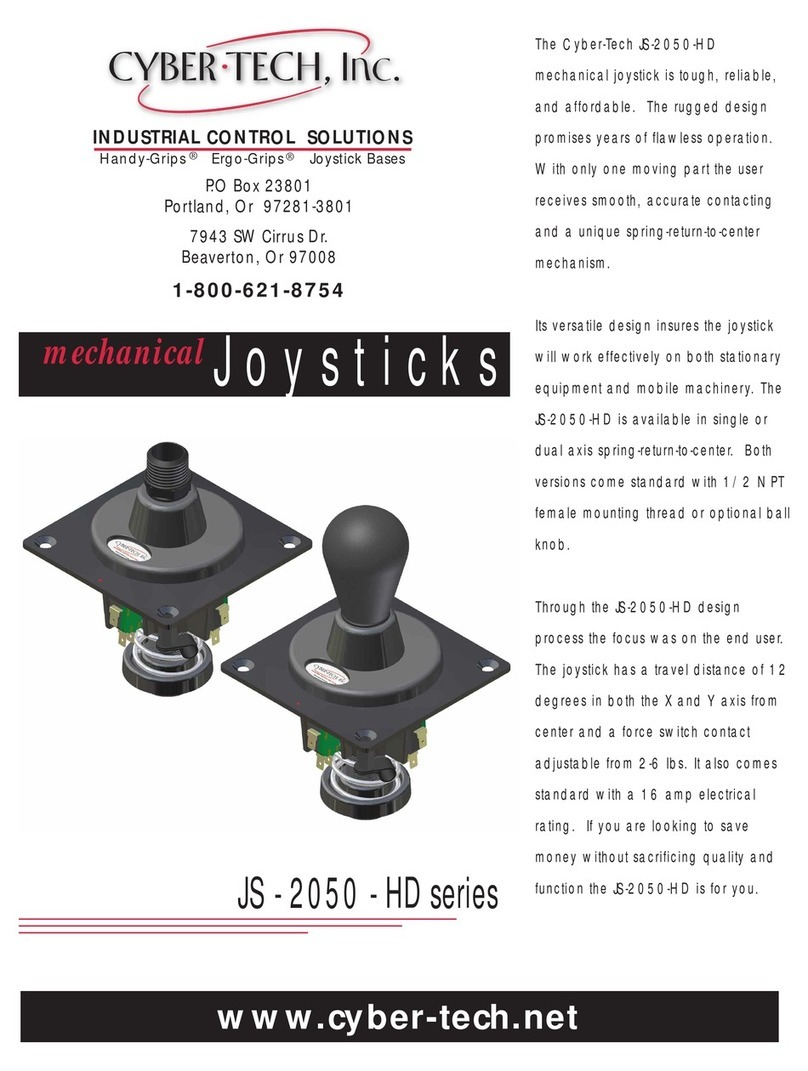
Cyber-Tech
Cyber-Tech mechanical Joysticks JS-2050-HD Series quick start guide

Panduit
Panduit R4PFP Installation Instructions-Mounting
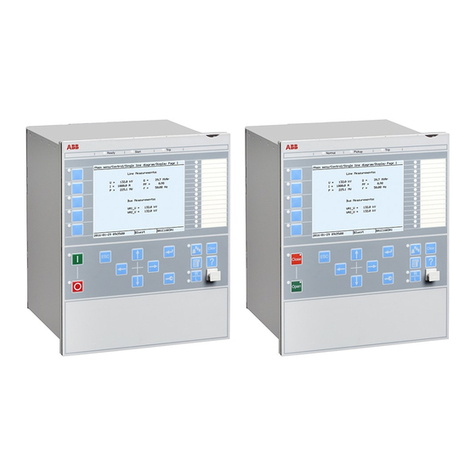
ABB
ABB RELION 650 SERIES Engineering manual
